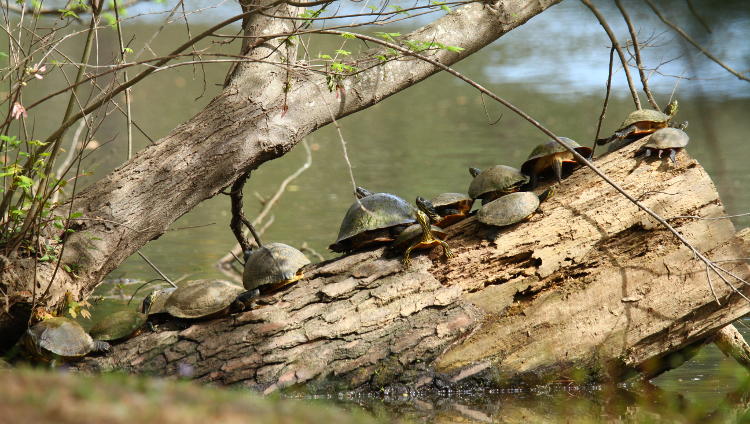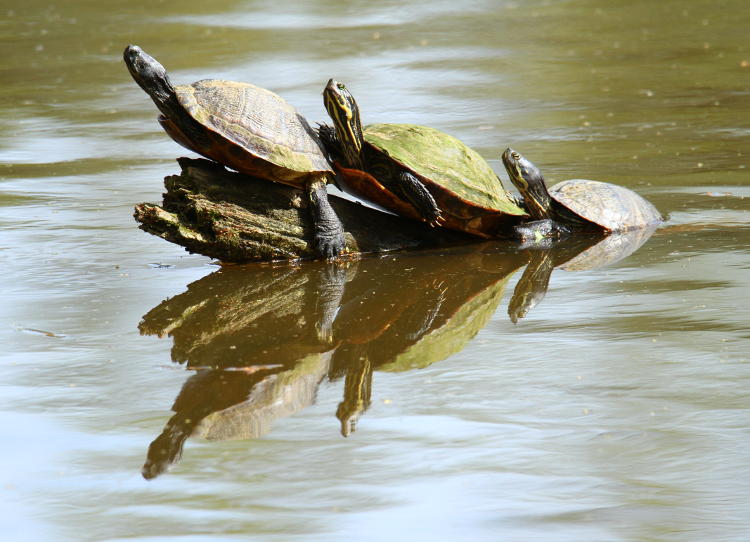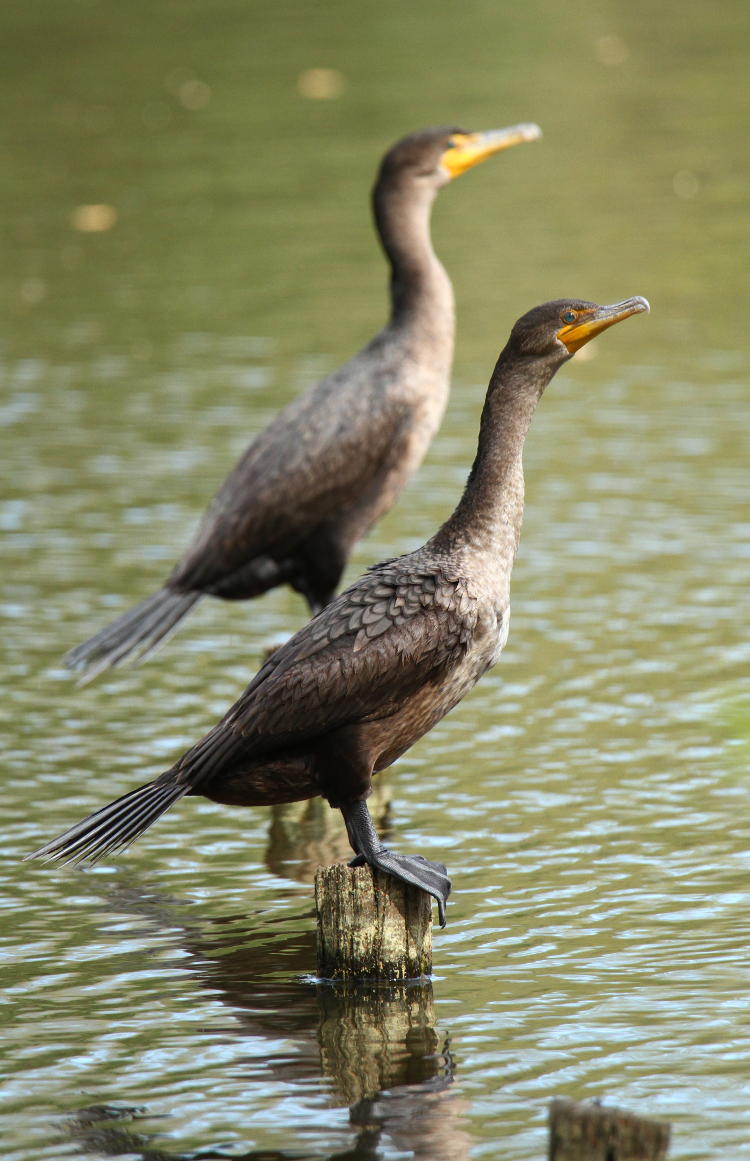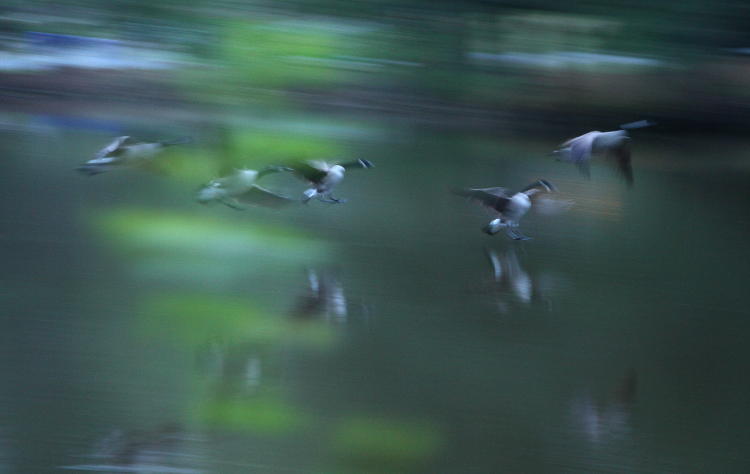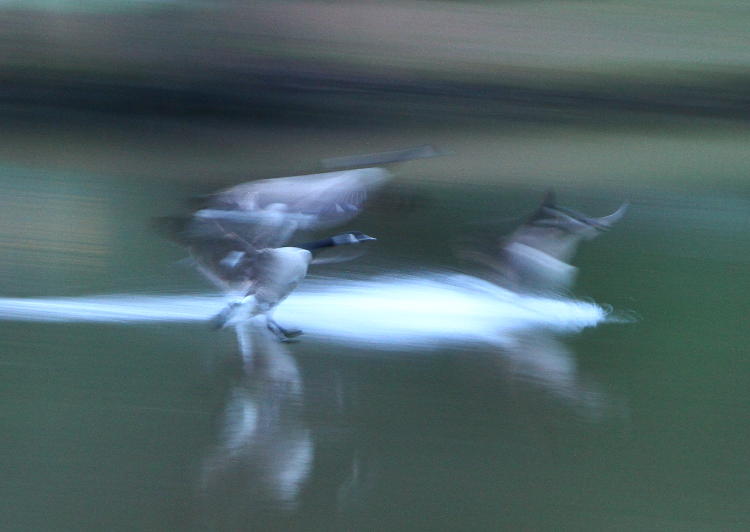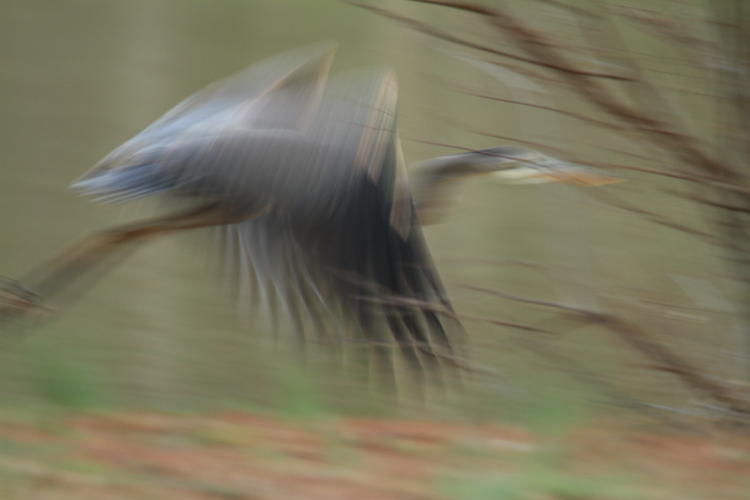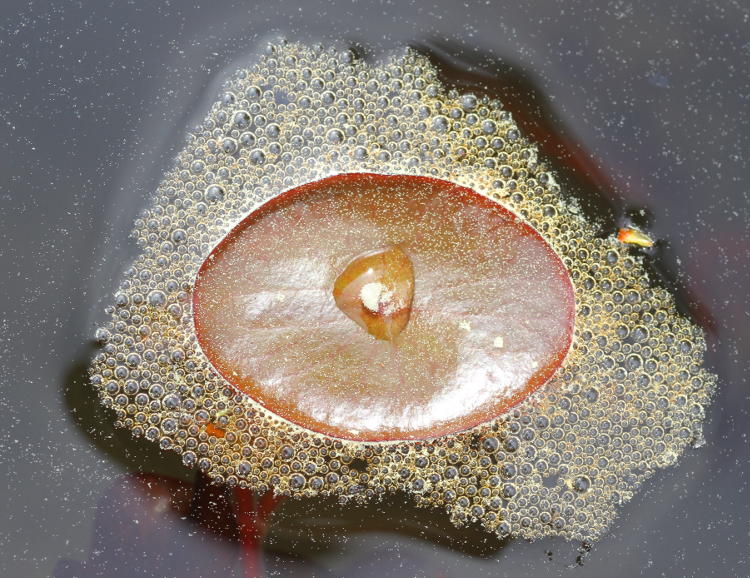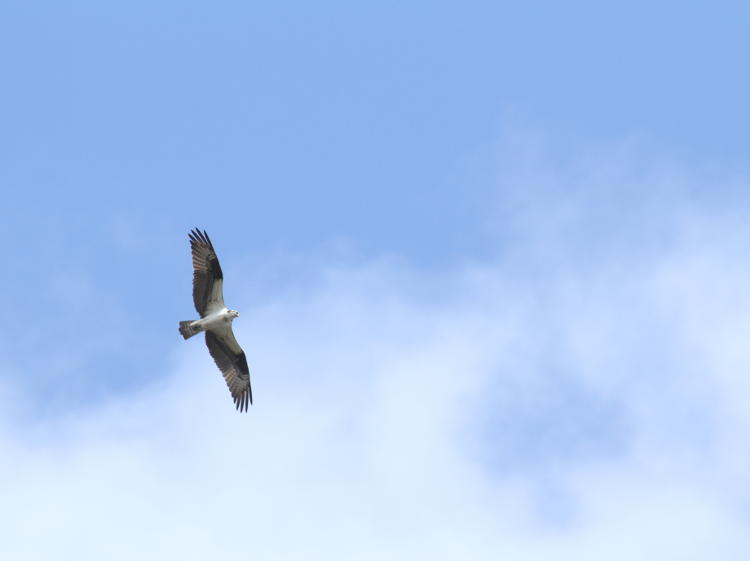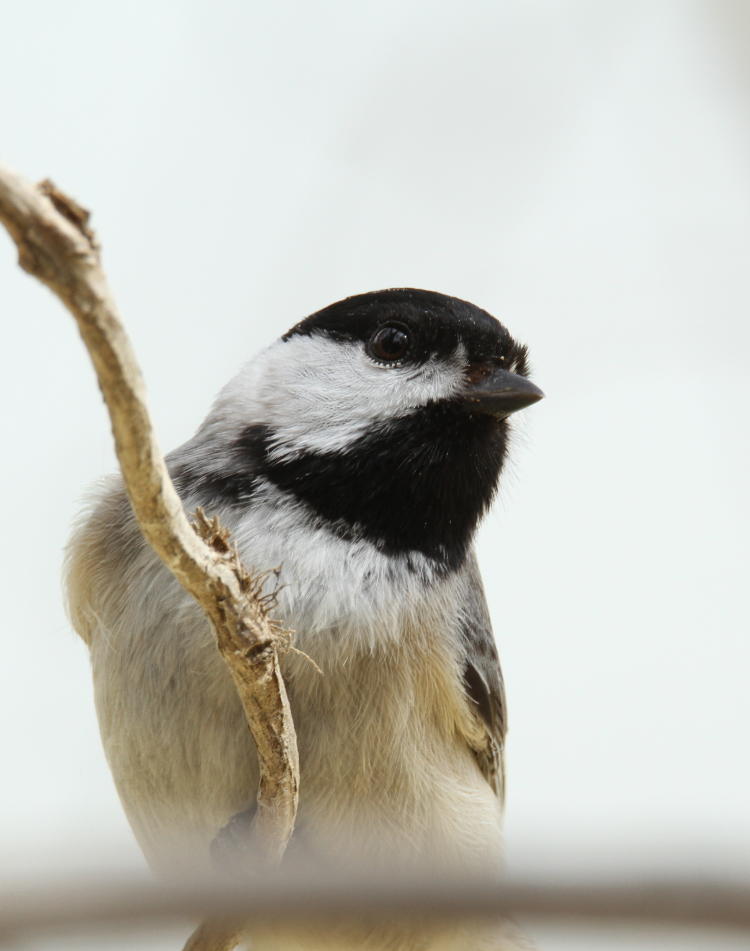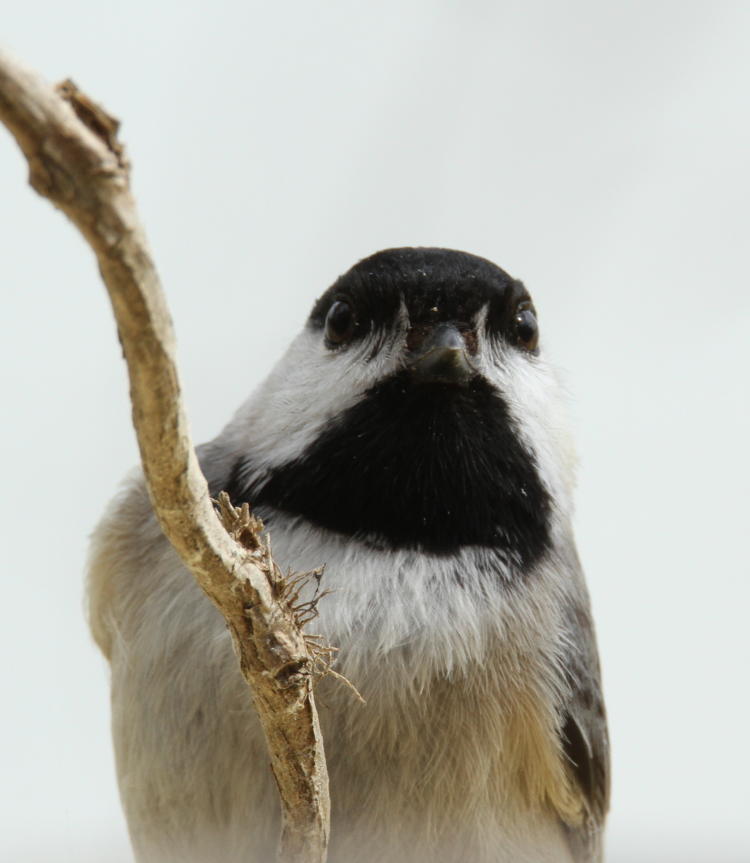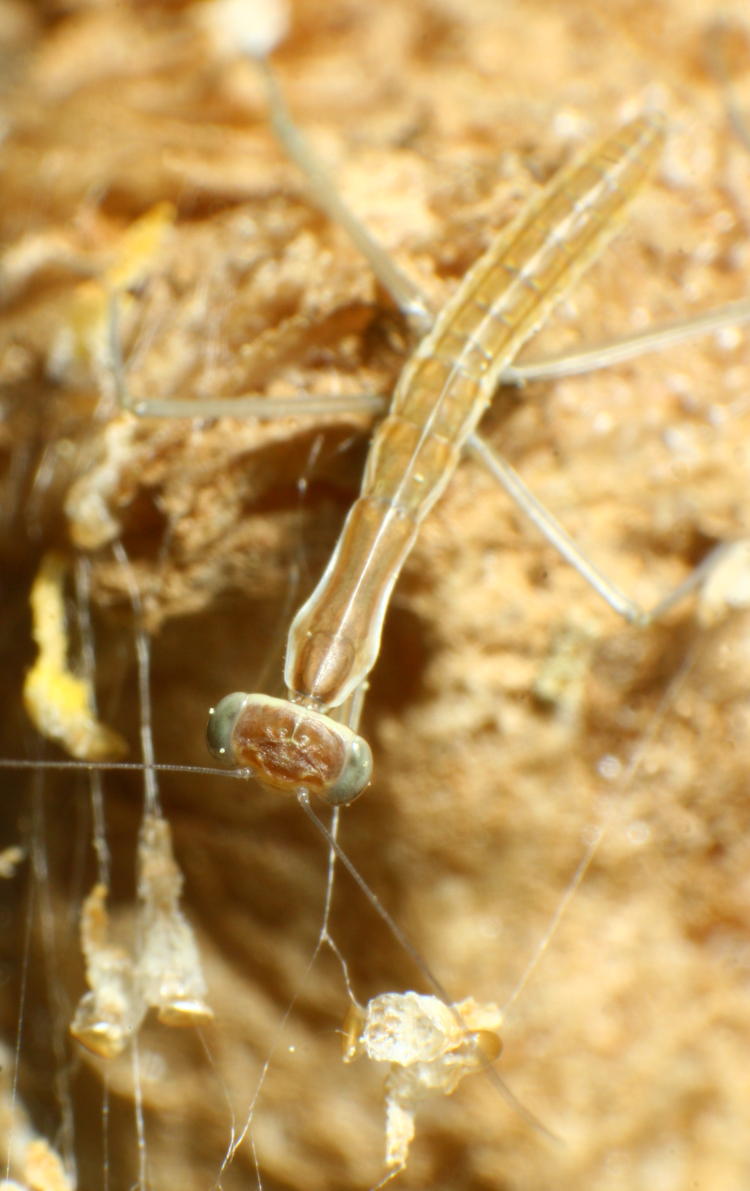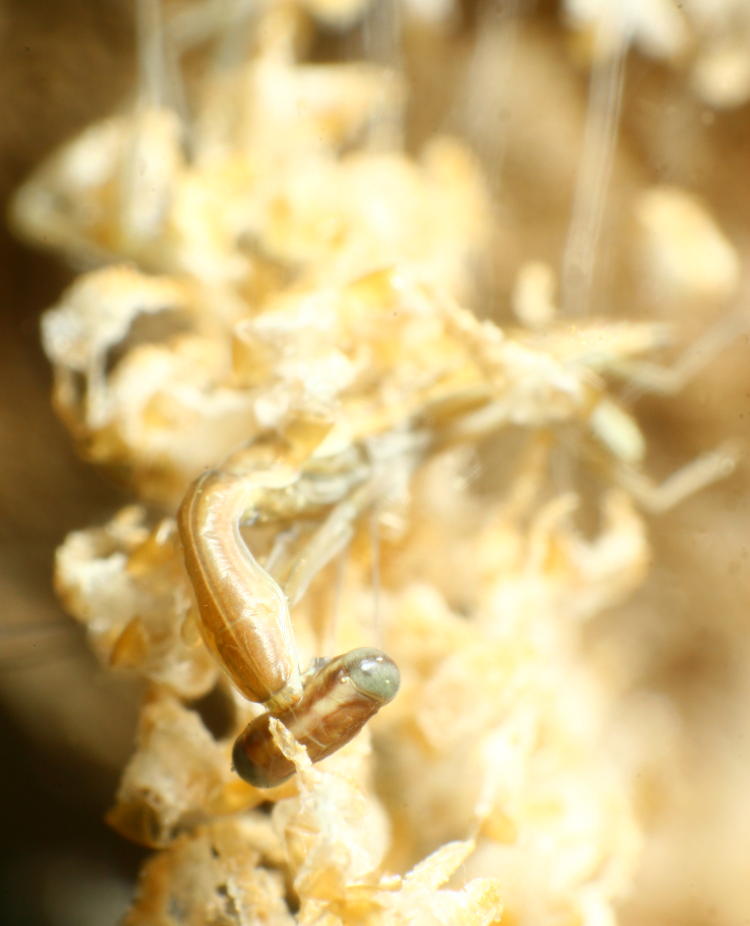
I have found myself fairly busy for the past several days, but not in a way that can be reflected here too well, so with a few minutes to spare, I’m just doing a small update for my millions of imaginary followers, who have already flooded my inbox with imaginary e-mails asking me if I’m okay and when the hell I’m going to put up something new. This is what you get for being demanding.
Between work – that other job that helps pay bills and is in that way alone essential – and various house projects, I’ve been not only busy, but beating myself up a bit, crawling under cars and the house and up on the roof while the weather was amenable, which it no longer is, having turned colder again, so now I won’t be chasing any other critters for a few days even when I do have time. It’ll change back though, soon enough.
I’ve also been helping The Girlfriend with her projects, among them doing some video shooting and editing – not like I’m some kind of authority on it, but among the two people that she can actually ask for assistance right now, I’m the only one who’s done anything of the sort; the most experienced video editor in the household according to JD Power and Associates (no, that’s not at all true, because we didn’t give them a dime to make that claim.) Given that I still have to render video projects multiple times to find the balance of size and quality that I’m after, plus the search for the right free background music, this takes a long time for a brief video clip, but that’s the nature of the beast.
I’ve done a couple of local excursions, really not finding anything worth an entire post, but the occasional bit here and there.
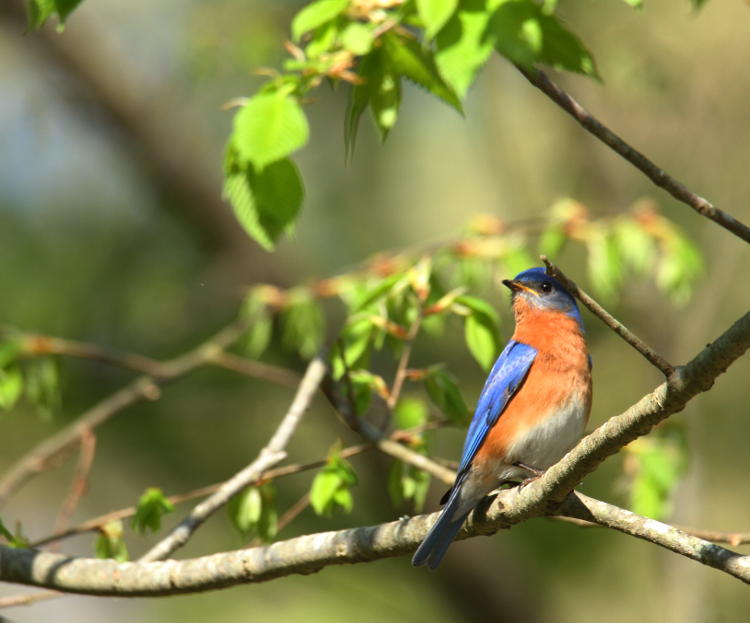
There’s the photo sorting, deleting all of those that don’t pass my exacting and stringent standards (let it go) and relegating the remainder into appropriate categories. I’d put this off for a little too long as usual, but it’s going faster than anticipated and I should be done with it today. This is also the opportunity to catch those images of interest that I didn’t immediately write about and set them aside for a later post, but most of the worthy ones have already been featured here.
And then the ongoing, little things, an ever-changing list. Among the items awaiting attention on my desk or otherwise:
Getting Linux to play nice with some exterior IP cameras to monitor the property, for critters and assholes; Getting a webcam to work with Linux too, because I may be engaging in some online games and meetings soon. No, I don’t have a laptop with that shit built in, because laptops suck (just for the sake of it, I have three harddrives, 10Gb of RAM, expanded USB ports, and a multi-card reader installed on my system, all to support my normal activities, so you can keep your portable folding toys); Cleaning the sensor in the 30D, which is notorious for attracting dust, though my habit of changing lenses in less-than-clean-room conditions just might be contributing to this; Planting and transplanting a bunch of stuff – we’re a little behind on that too; I was recently given a Bio Orb, a glass globe containing live dinoflagellates, so the obvious next step is to obtain photos of them through the microscope. The idea of capturing their bioluminescence is intriguing but most likely impossible without special equipment that I do not have. Nonetheless, I’ll at least make the attempt; Along the same lines, I’ve had a zoom magnifier head for some time, having picked it up from university surplus, a bit of lab equipment that would fill the gap between macro lenses and microscopes very nicely, if I can get it in a useful mount – I’m almost there now, so pics and results will be forthcoming once I get the whole affair in order; And there’s a big project that I’m not going to say a lot about right now, mostly because this may take a while to come to fruition, not at all helped by a) going about this in no approved manner, b) trying to tackle multiple aspects at once, and c) requiring a certain mood, motivation, and block of free time. When it all comes together, however, you’ll be sure to hear about it here.
So hang loose, more is on the way, and in the meantime, I leave you with another mantis image that I neglected to put into the appropriate post about a week ago. How could I miss this one?
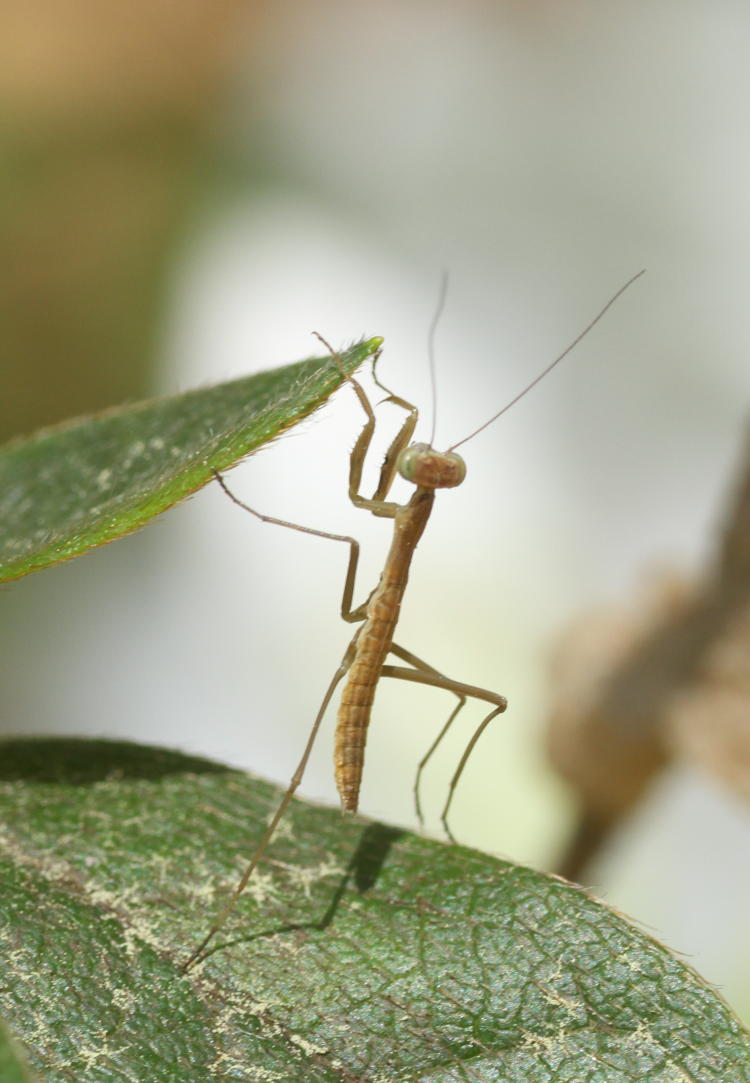






















































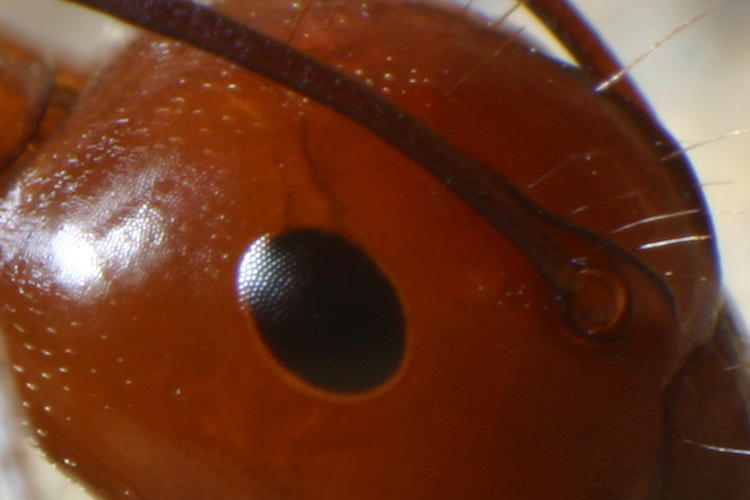

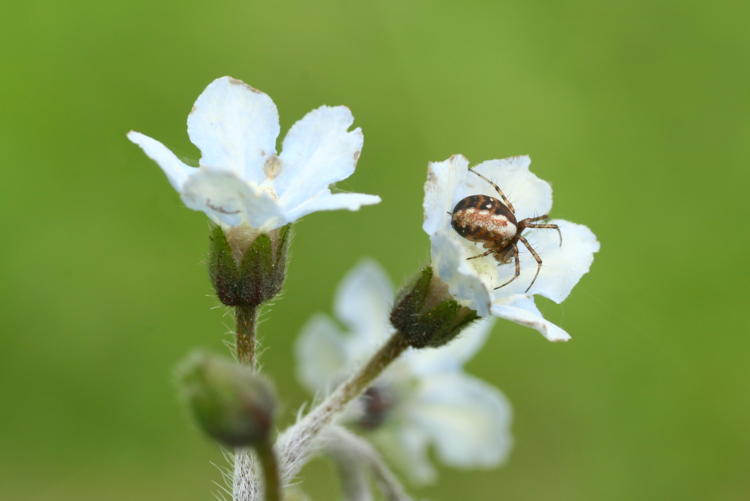

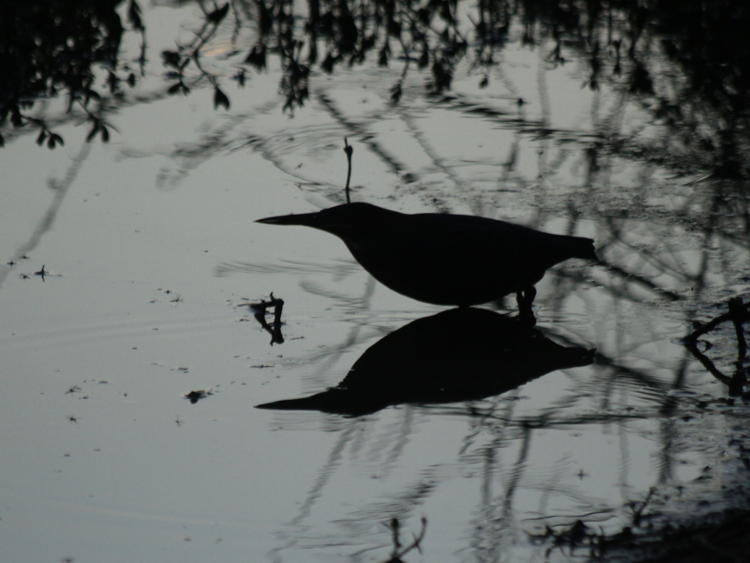

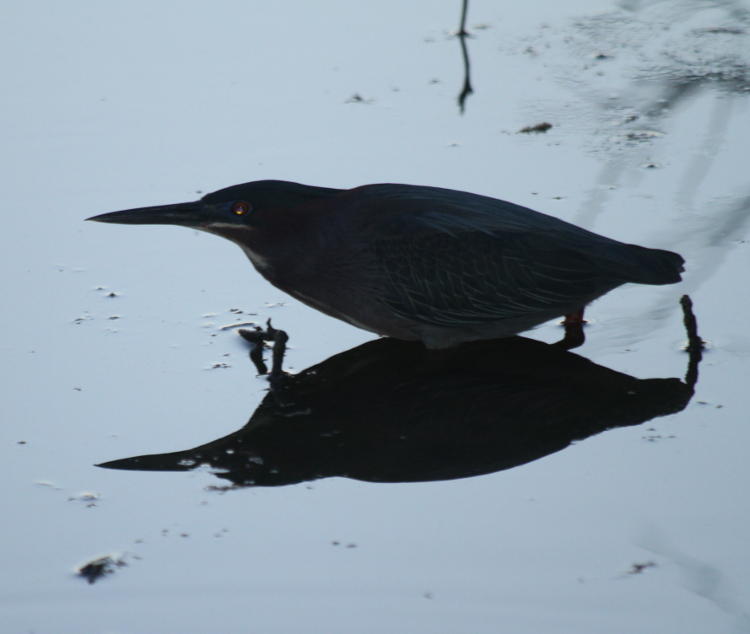
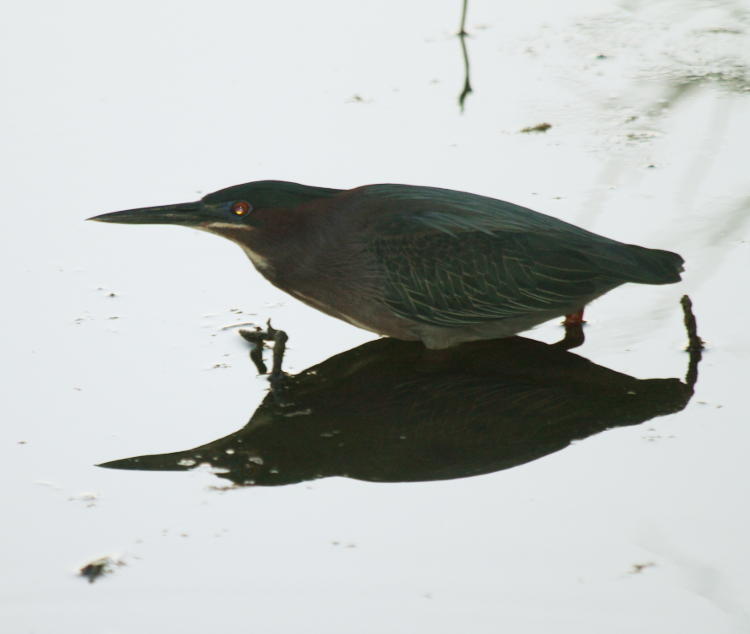

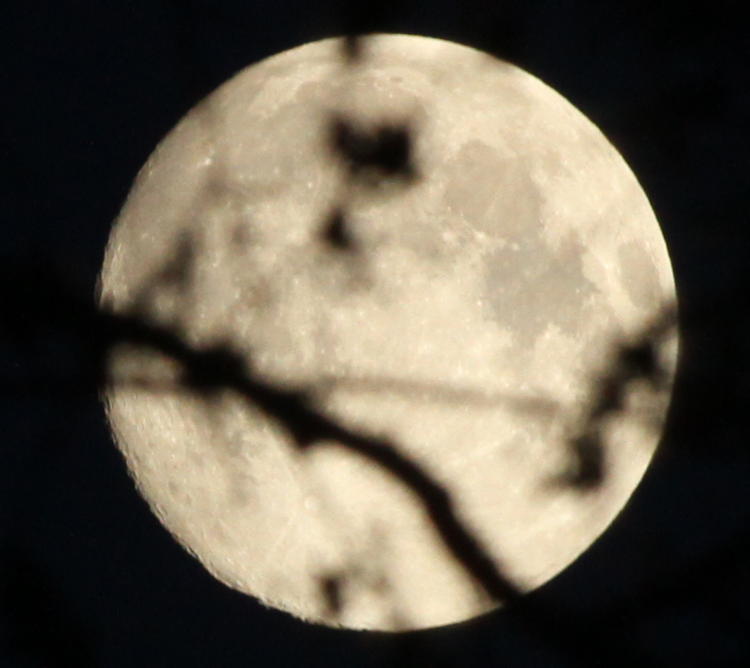



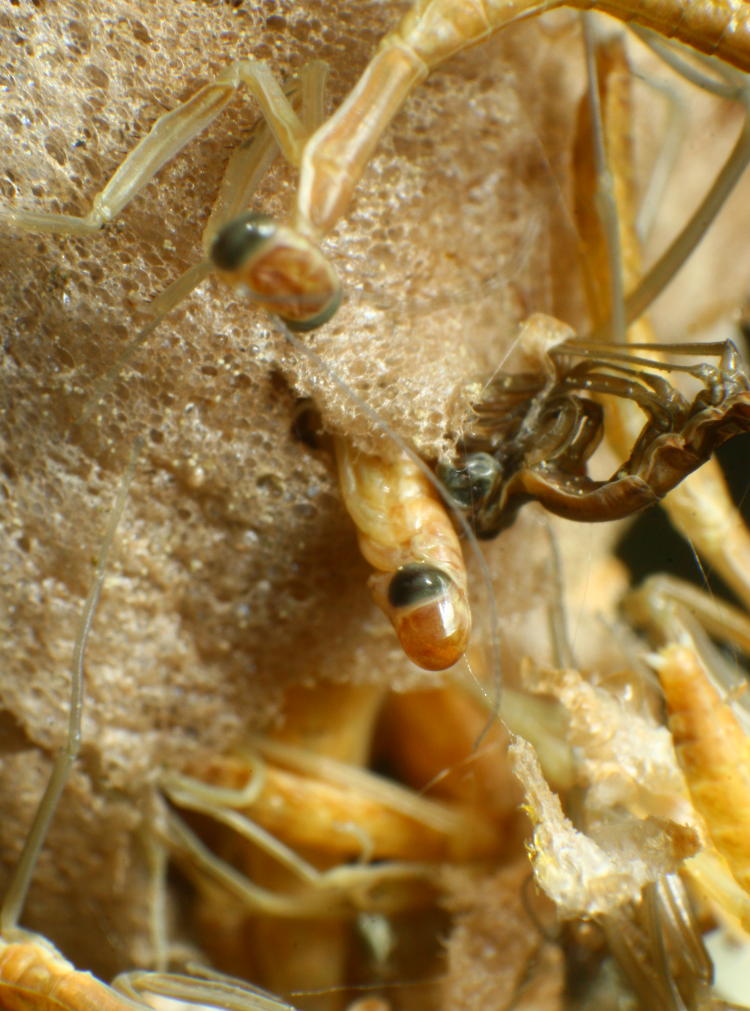
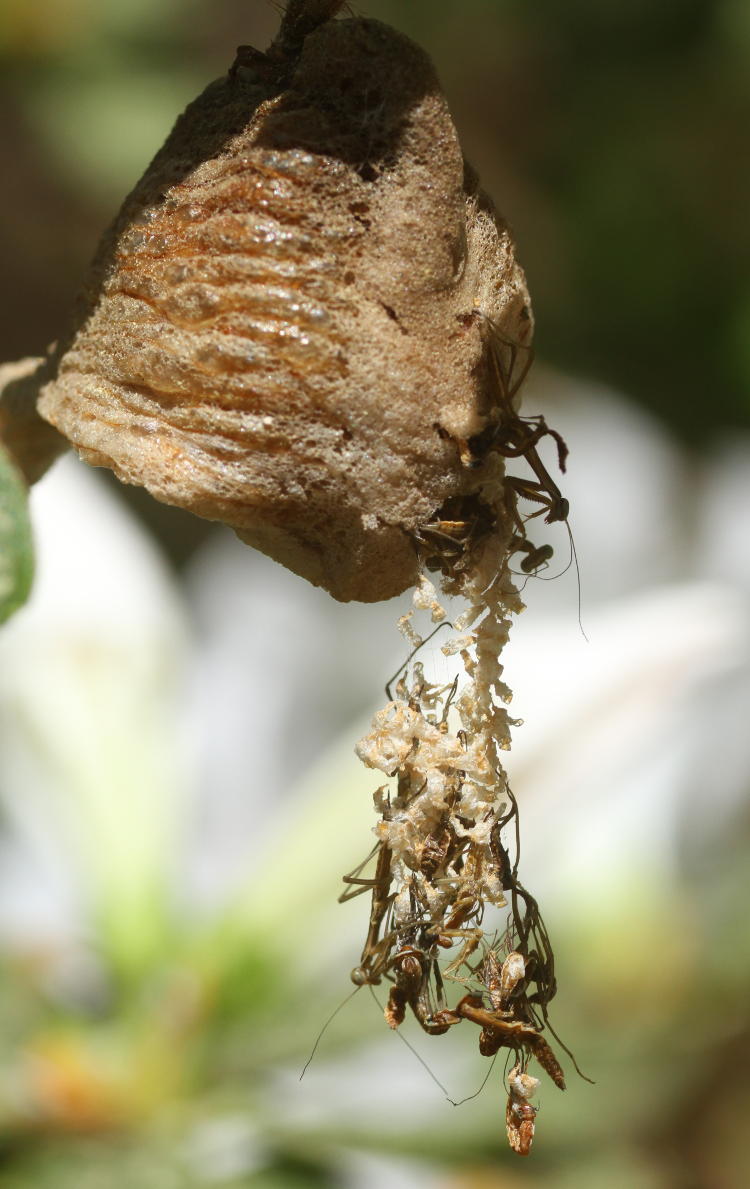

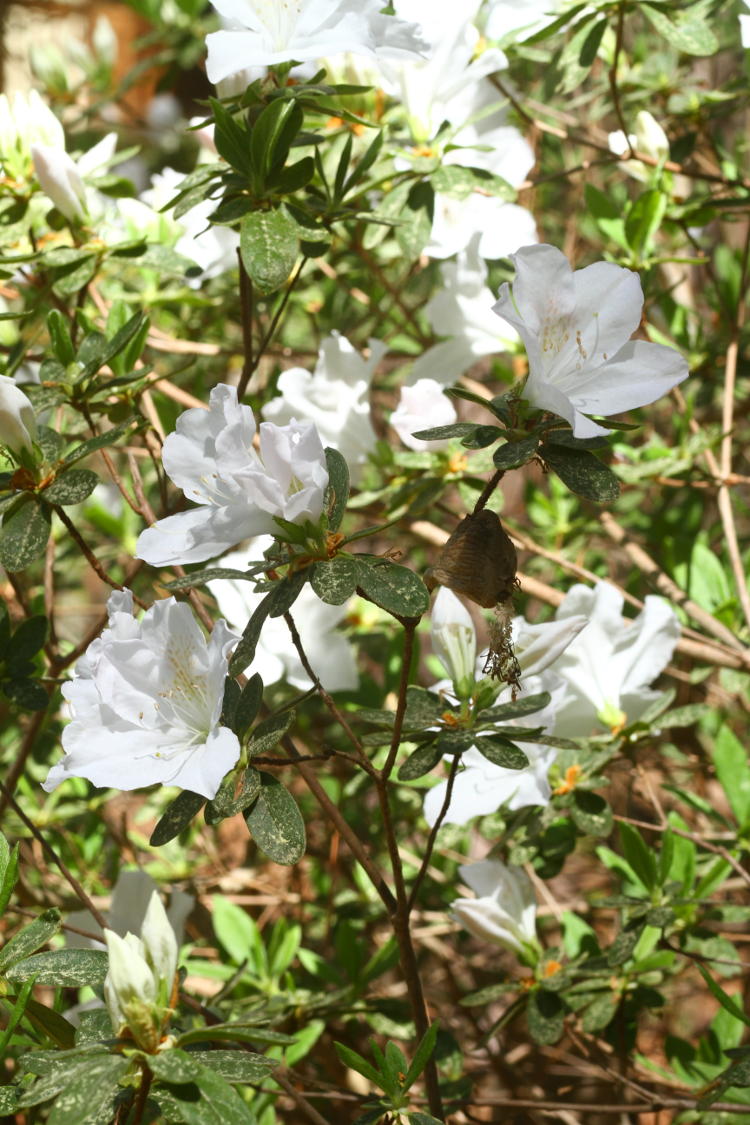
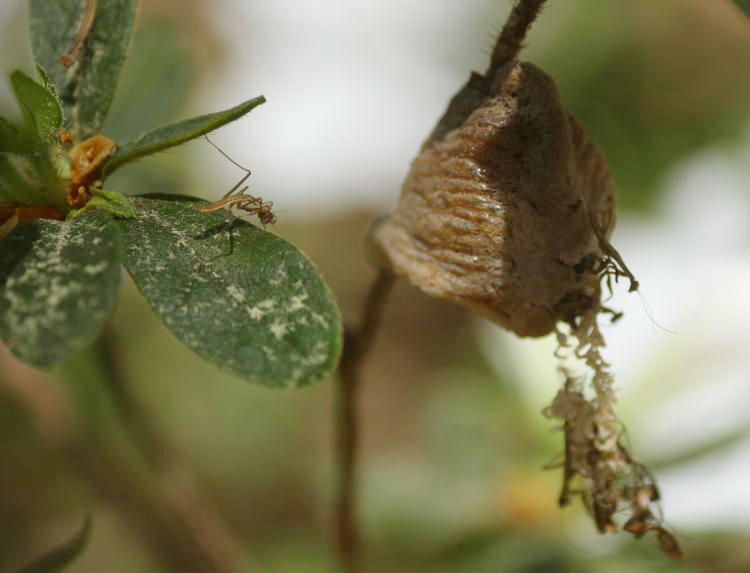

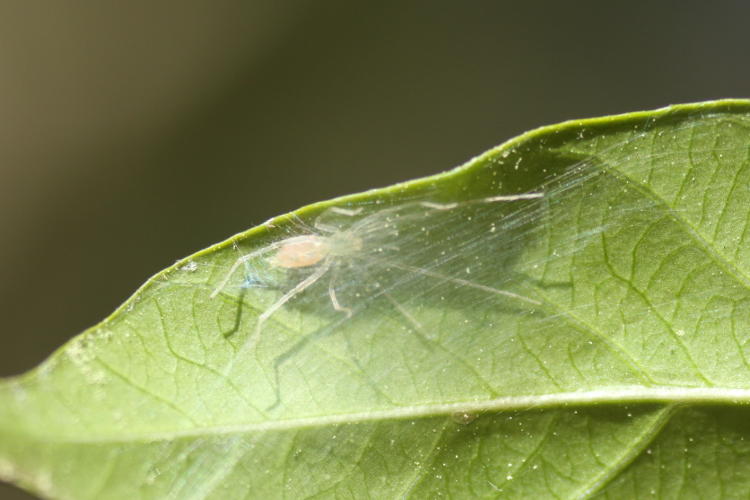
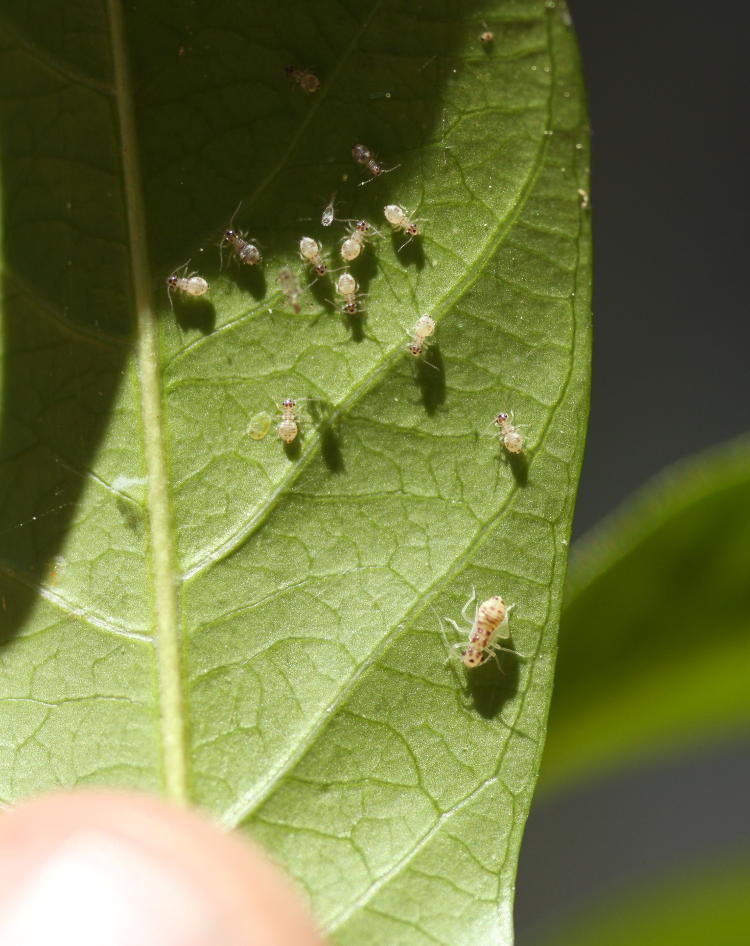
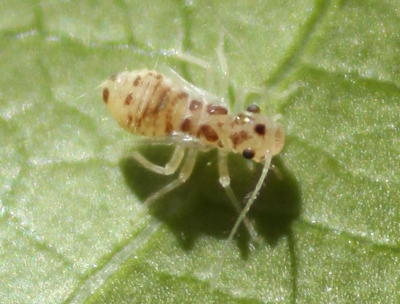 I had to turn the leaf over to expose them to the sun (that’s my thumbtip in the corner,) and it was making them antsy, so these shots lack the detail I can usually obtain. I have only the faintest idea what these might be, because they resemble the springtails that I’ve found on water surfaces, but they’re much bigger and of course not on or near the water. The larger one among the smaller gives the impression of a mother and brood, but the closer look makes them all appear to be juvenile/nymph form, so that pretty much exhausts my guesses regarding the species, and I simply don’t feel like submitting them to BugGuide.net right now – this post has been delayed long enough, plus I’m not that interested in them anyway. We’ll just call them doodlebugs because it seems appropriate and leave it at that. Professionalism all the way.
I had to turn the leaf over to expose them to the sun (that’s my thumbtip in the corner,) and it was making them antsy, so these shots lack the detail I can usually obtain. I have only the faintest idea what these might be, because they resemble the springtails that I’ve found on water surfaces, but they’re much bigger and of course not on or near the water. The larger one among the smaller gives the impression of a mother and brood, but the closer look makes them all appear to be juvenile/nymph form, so that pretty much exhausts my guesses regarding the species, and I simply don’t feel like submitting them to BugGuide.net right now – this post has been delayed long enough, plus I’m not that interested in them anyway. We’ll just call them doodlebugs because it seems appropriate and leave it at that. Professionalism all the way.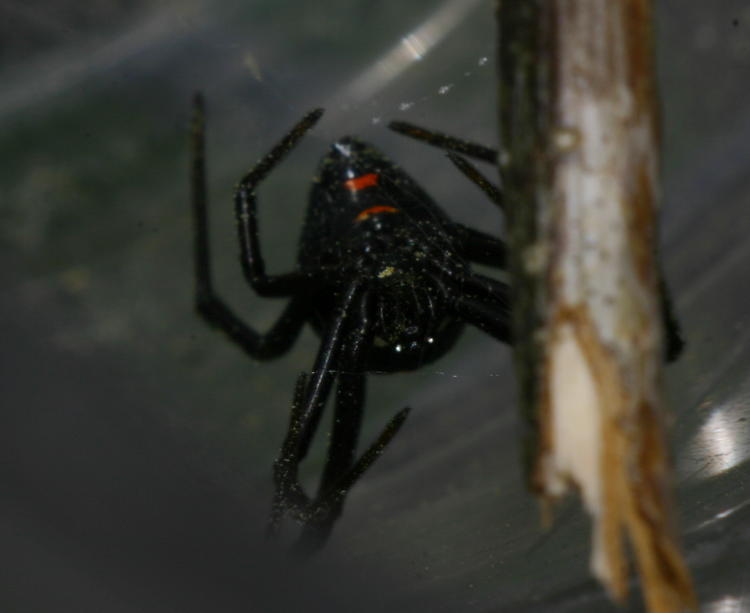
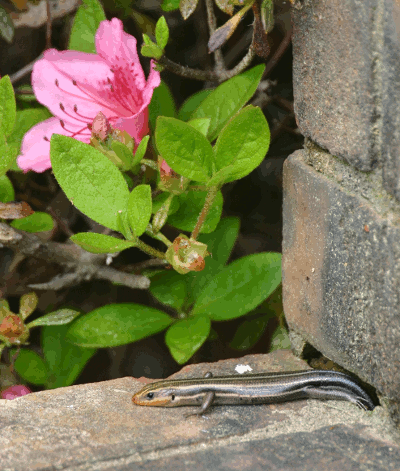 And another, from the exact same day – busy busy busy! (Actually, it’s a very rare day indeed that, if I actually start taking photos, I only photograph one subject.) And technically this is two frames, blended together into an animated gif (pronounced “gesh-TALT”). The sun went behind a cloud while I was shooting, and the two frames were so close together except for the lighting effects that I had to overlay them – a slight tweak in position lined them up perfectly. The appearance and disappearance of the shadows is obvious, but if you look closely, you might also be able to see the color register change, especially if you look at the body of the skink itself (oh, yeah, this is an American five-lined skink again, Plestiodon fasciatus.) The shaded version gets a bit of a blue register to it. I’m used to spotting this now, plus I had the two images side by side in the folders to compare, which is what prompted me to overlay them so it was more obvious, rather than simply showing them alongside one another where the effect might not be as clear to those not used to doing color corrections.
And another, from the exact same day – busy busy busy! (Actually, it’s a very rare day indeed that, if I actually start taking photos, I only photograph one subject.) And technically this is two frames, blended together into an animated gif (pronounced “gesh-TALT”). The sun went behind a cloud while I was shooting, and the two frames were so close together except for the lighting effects that I had to overlay them – a slight tweak in position lined them up perfectly. The appearance and disappearance of the shadows is obvious, but if you look closely, you might also be able to see the color register change, especially if you look at the body of the skink itself (oh, yeah, this is an American five-lined skink again, Plestiodon fasciatus.) The shaded version gets a bit of a blue register to it. I’m used to spotting this now, plus I had the two images side by side in the folders to compare, which is what prompted me to overlay them so it was more obvious, rather than simply showing them alongside one another where the effect might not be as clear to those not used to doing color corrections.